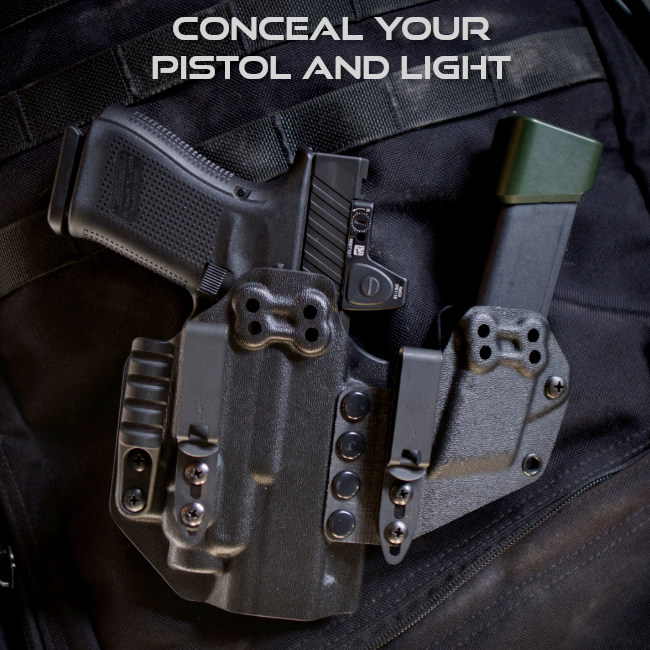We can sometimes overlook the fundamentals, such as knowing exactly what use a light provides. The obvious answer is so that we can see things, but it can also be more useful to determine more precisely the function.
At it’s base, the light provides information that our brain uses to make decisions. The brighter the light, and the more light we put into areas of interest, the more information we have. With this information, our brain can better calculate actions and solve problems. A light, especially a bright one, can provide other utility as well.
How a Light is Used
Navigation: We use light to see objects we might run into. The coffee table, the pile of clothes, or the stray lego. We might want to know where all those things are so we can move quickly, efficiently, quietly, and without tripping. While we might shine our light directly onto the ground to carefully plot our path, it’s more likely that the light’s flood will provide us the information we need. Note that this is also contextual. If you’re in your own home, you might need a minimum of light to navigate, or no light at all. However, if you’re in a strange environment, you may need light to guide each step you make.
Searching: We use light to search for threats or items of interest. Need to see if there is someone behind the couch? Use your light. Need to see if there is someone inside that car running in your driveway? Shine your flashlight’s beam through. Searching is how you assess situations for individuals, out of place items, animals, etc.
Identification: Our light can helps us identify individuals, objects, and animals. This is how we tell if that individual standing in our kitchen is an unexpected relative or a stranger. It’s how we tell if the item in their hand is a spatula or knife. We use light to provide us the information we need to properly identify threats. The more information we have, the better we are able to determine how to move forward.
Communication: There are times when we are unable to communicate with partners or loved ones using our voice. A light illuminating our hands, or illuminating them, can assist with communication using gestures or motions. For instance, by shining a light on my hand, I can point to where I hear a noise coming from to let my wife know not to go that direction. I can also use my light to illuminate her motions showing that she is going to the kid’s room.
Control: Light can help us control a subject. By shining a bright light directly into someone’s face, the individual may recoil, cover their eyes defensively, or turn away. A bright light shone into the eyes of a potential threat also helps us mask our motions and our details. For instance, it’s difficult to tell whether the light is handheld or weapon mounted, and this can be used to our advantage. Further, if a potential threat moves toward us aggressively even after shining a light in their face, this can help us determine their intent, giving us more information to make a decision.
Light on or light off?
I would like to end with one practical tip. If the light is not being used for one of the items above, then it should be turned off. If I’m not controlling a subject, or if I’m not gathering information that the light provides, then there is no reason for me to have it on. In such a case, I can return to the cover of darkness.







